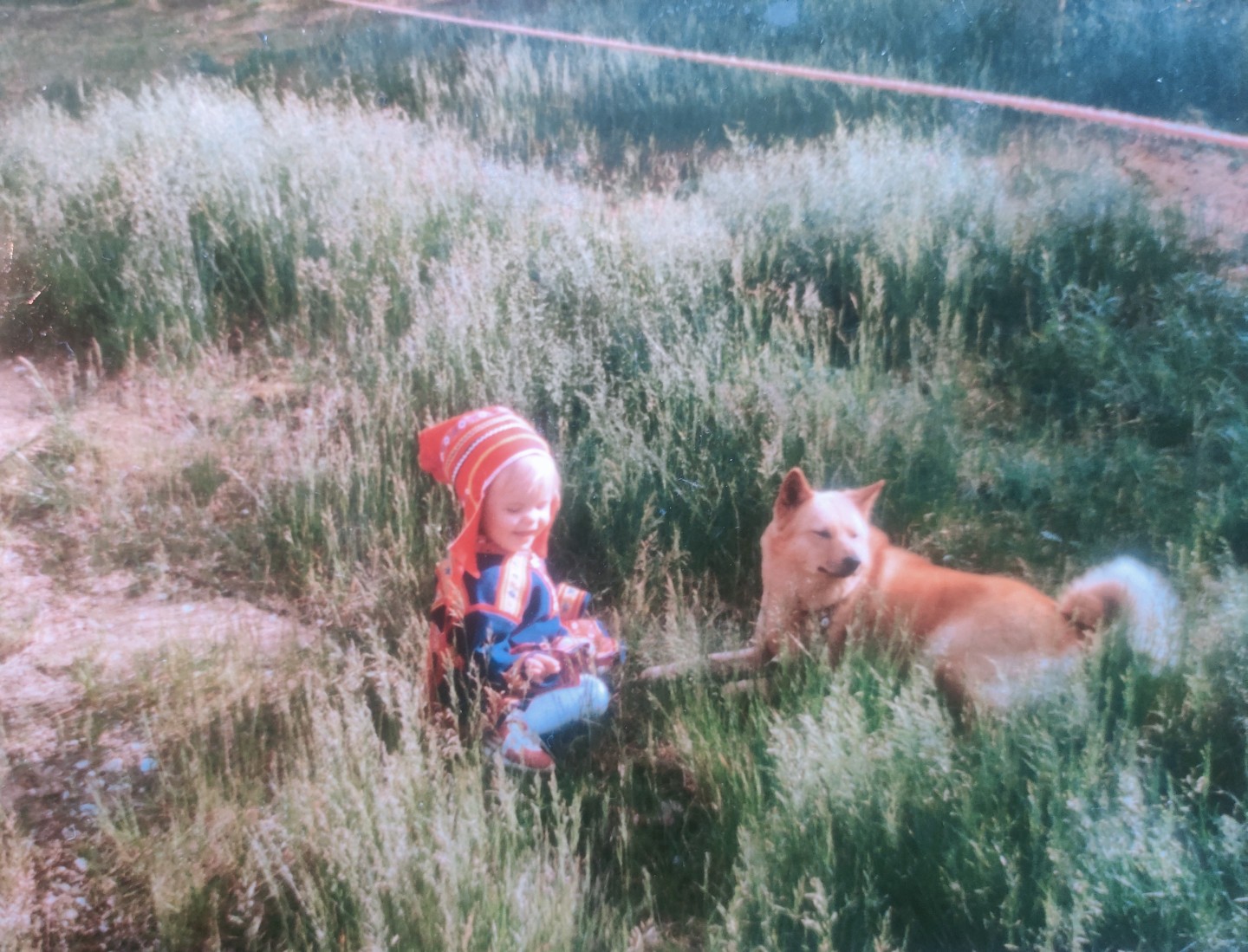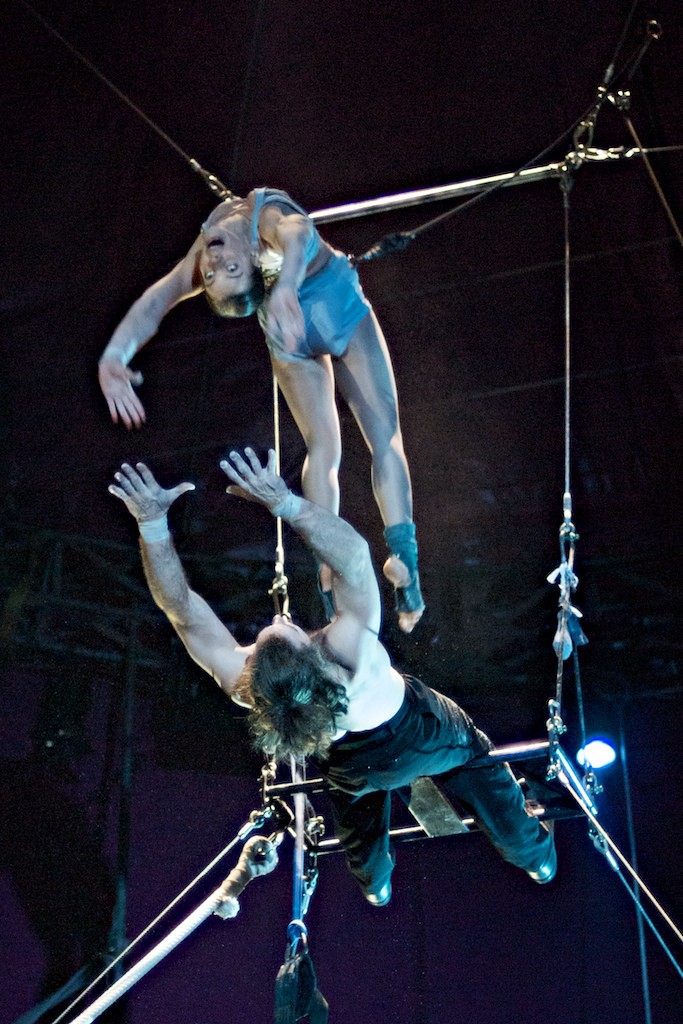Reindeer, Circus Skills and Innovation

In our globally interconnected world, cultural diversity is an integral part of our working lives. Immersing myself in diverse cultures has not only broadened my worldview, but also enhanced my creativity and innovativeness. While the connection between cultural diversity and innovation is widely acknowledged, it’s crucial to understand the intricacies of this relationship to harness the full potential of multicultural teams. In this blog post, I draw from my personal experiences to highlight how cultural diversity can drive creativity and innovation, while sharing my perspective on cultivating an inclusive and thriving work environment.
I come from Finland, but I ethnically identify as Sami. My father’s family comes from Utsjoki, one of the northernmost villages in Finland, where they used to make their living as fishermen, hunters and reindeer herders. Did you know that Sami people are in fact the only indigenous people in Europe? They reside in Sápmi, which includes parts of northern Norway, Sweden, Finland, and the Kola Peninsula of Russia. They have a rich cultural heritage and a deep connection to their land, which has sustained their traditional livelihoods. The three Sami languages, part of the Uralic language family, are considered endangered due to historical assimilation policies (of which also my father was a victim) and the dominance of the majority cultures in the countries they inhabit.
Today, Sami people continue to advocate for their rights and the preservation of their culture, language, and traditional ways of life. Although I’ve never officially lived in Sápmi, I spent nearly every summer there until I relocated to France at the age of 19. As a member of a minority ethnic group, my identity has been significantly influenced by this background – the absence of a strong sense of belonging to a single place has instilled in me a desire to explore new countries and cultures. This nomadic spirit has also helped me adapt to new environments and establish connections with individuals from diverse backgrounds, fostering a deep appreciation for collaboration and understanding across cultures.
After spending five incredible years in Paris, I ventured into the world of contemporary circus arts, touring internationally as an aerial acrobat and working alongside artists from different cultures. This unique journey taught me the value of inclusivity and the beauty of diverse perspectives when individuals from different backgrounds collaborate. During my time with one particular circus show, which spanned three years and six countries, I was part of a team of fifty members from twelve different nationalities. Although occasional disagreements surfaced within our close-knit community, the melting pot of diverse viewpoints truly fuelled our collective creativity. Under the guidance of a magnificent Italian theatre director, we challenged each other to push the boundaries of contemporary circus performance and to think outside the box. Our commitment to innovation was tangible in the show we produced – the absence of seating blurred the lines between performers and audience members, with rigging unfolding in plain sight. Artists roamed among the spectators, and acts materialised throughout the tent, creating an immersive performance that captivated all who attended.
My circus journey resonates with the findings of a Harvard Business Review study, which discovered that diverse teams are more likely to generate innovative ideas by tackling problem-solving from various perspectives and devising unique solutions. As a circus artist, I’ve witnessed first hand how embracing diversity and fostering an inclusive environment allows creative minds to flourish and pushes the boundaries of what we can achieve.
One of the most valuable aspects of working in a culturally diverse environment is the cultivation of empathy and understanding among colleagues. This emotional intelligence fosters stronger relationships, facilitates effective communication, and encourages productive ideation. As an academic, I’ve witnessed how a supportive and inclusive team culture nurtures creativity and innovation by empowering every individual to share their ideas freely. Indeed, in the workplace, the role of trust and a “license to fail” are critical components of a healthy, innovative, and successful environment. Cultural diversity in the workplace also promotes adaptability and resilience – two crucial traits for driving innovation. By collaborating with individuals from different backgrounds, people learn to navigate various communication styles, problem-solving approaches, and working habits. Exposure to diverse cultural norms equips team members with the flexibility to embrace uncertainty and tackle complex challenges, leading to creative solutions.
I take great pride in the fact that inclusivity is a core value at Manchester Metropolitan University. The University has done an outstanding job encouraging this through its recruitment practices, resulting in a workforce that makes significant academic and practitioner impact, both locally and internationally. As Senior Lecturer in Digital Innovation at the Centre for Enterprise, my multicultural experience has proven valuable in supporting local business owners on their innovation journeys. Additionally, as an educator to students from diverse backgrounds, I feel privileged to serve as a role model.
Cultural diversity is a powerful catalyst for creativity and innovation, driving growth and success. By embracing diverse perspectives, promoting empathy, fostering adaptability, and leveraging global market knowledge, businesses can harness the full potential of their multicultural teams. To build an inclusive and thriving work environment, organisations should prioritise diversity initiatives, training programmes, and leadership strategies that encourage collaboration, inclusivity, and a shared vision for the future. Manchester Met exemplifies these principles, demonstrating that embracing cultural diversity is not only an ethical choice but also a strategic advantage in driving innovative ideas and creative excellence.






